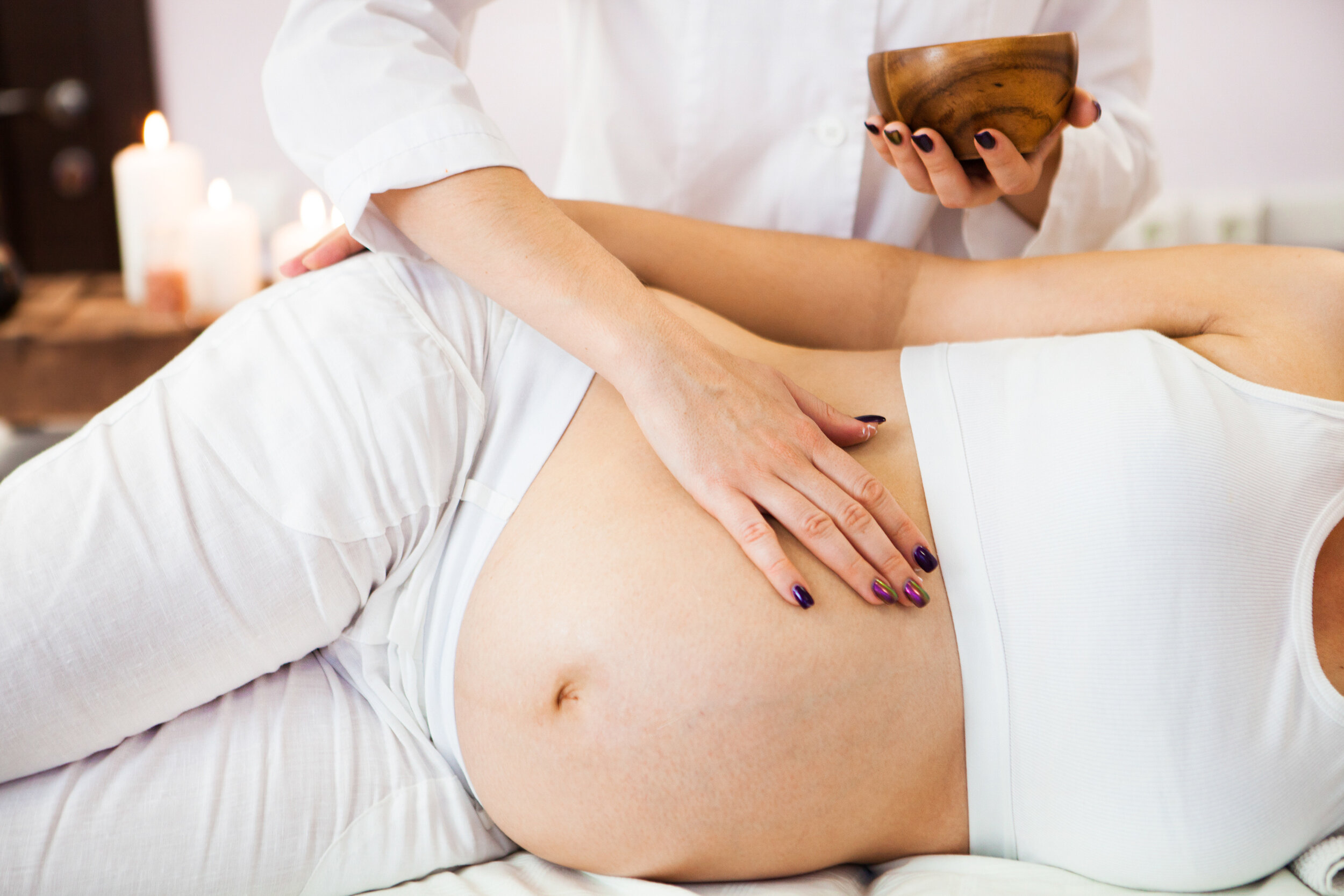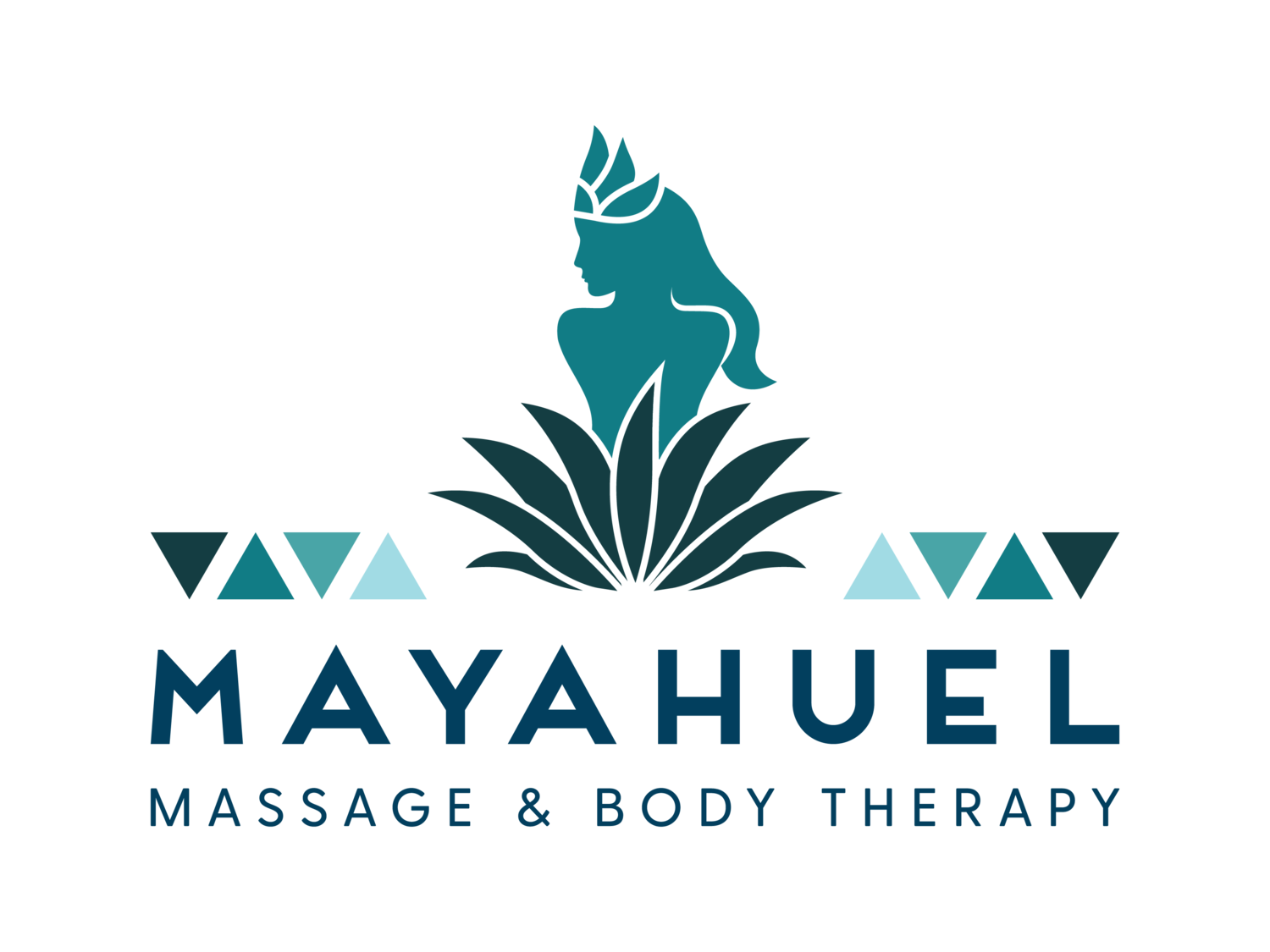
Additional Prenatal Education
In a 1999 study published in the Journal of Psychosomatic Obstetrics and Gynecology, prenatal massage decreased anxiety and stress hormones, resulting in fewer obstetric and postnatal complications, including lower pre-maturity rates. Studies indicate that massage therapy performed during pregnancy can:Reduce Sciatic painReduce Edema related Carpal Tunnel SymptomsReduce round ligament/Pelvic PainReduce anxietyDecrease symptoms of depressionRelieve muscle aches and joint painsImprove labor outcomes and newborn health
Seven reasons massage helps during high risk pregnancy include its ability to:
Reduce stress, encourage healthful sleep and promote relaxation – especially needed during a high-risk pregnancy
Provide emotional support and physical nurturing – especially for those alone during their pregnancy or who feel scared because of their risk status
Reduces or alleviates neck, back and joint pain caused by posture, muscle weakness, tension, extra weight or imbalance – especially needed in women over age 35, who are obese or who are carrying multiple fetuses
Relieves muscle spasms, cramps and fibrosis – all of which can be intensified by several pregnancy risk factors
Via relaxation, reduces blood pressure – especially valuable to a woman with pre-eclampsia
Increase blood and lymph circulation which minimizes the edema, varicose veins and leg cramps common with pregnancy and exacerbated in many high-risk pregnancies
Encourage deeper and easier breathing – especially important for women with asthma or lung problems
